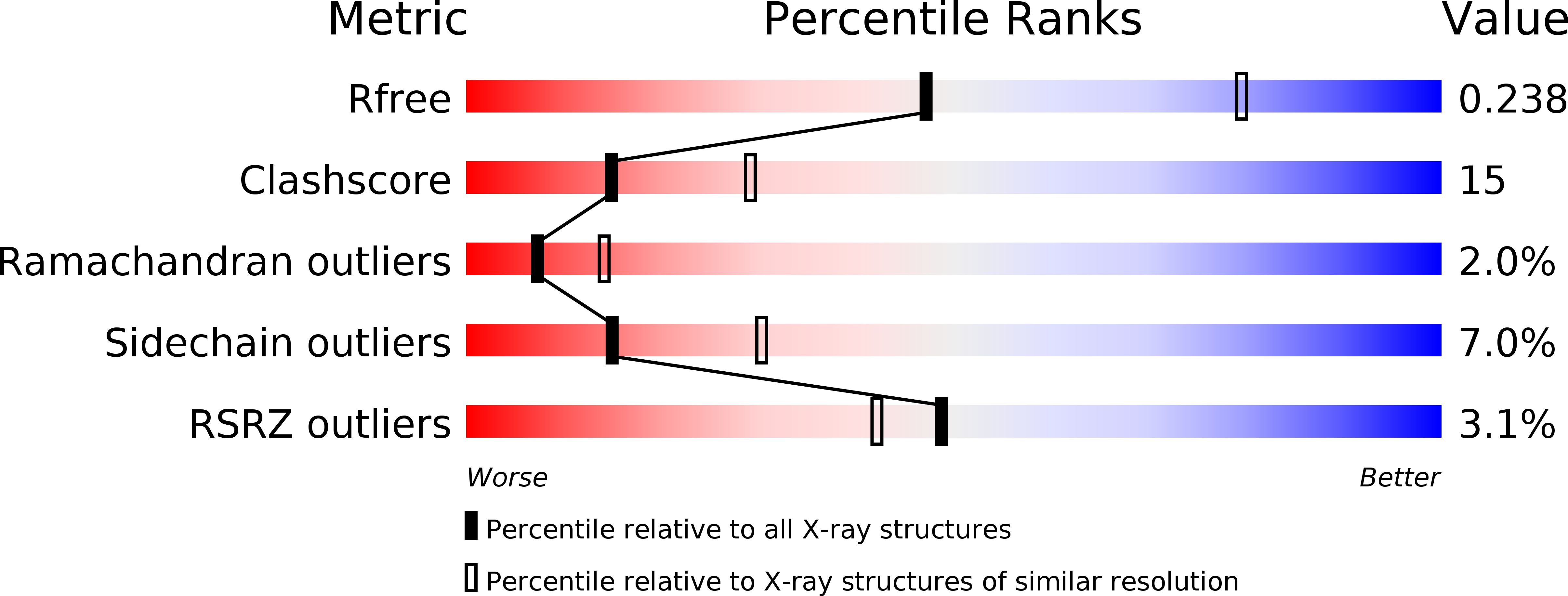
Deposition Date
2000-05-12
Release Date
2000-10-25
Last Version Date
2024-11-20
Entry Detail
PDB ID:
1EZX
Keywords:
Title:
CRYSTAL STRUCTURE OF A SERPIN:PROTEASE COMPLEX
Biological Source:
Source Organism:
Homo sapiens (Taxon ID: 9606)
Bos taurus (Taxon ID: 9913)
Bos taurus (Taxon ID: 9913)
Host Organism:
Method Details:
Experimental Method:
Resolution:
2.60 Å
R-Value Free:
0.23
R-Value Work:
0.20
Space Group:
C 2 2 21


